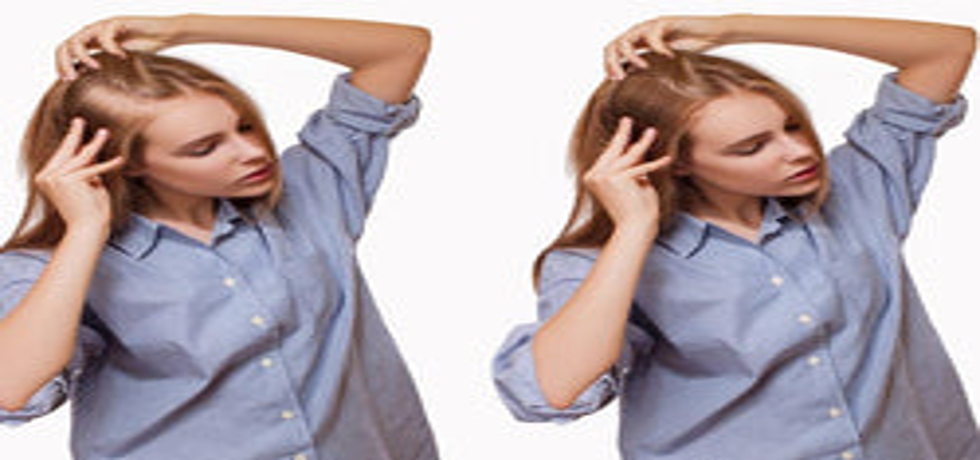
Understanding Female Pattern Hair Loss: Causes, Effects & Solutions
Introduction to Female Pattern Hair Loss
Did you know that female pattern hair loss is a condition that affects approximately 40% of women by the time they reach the age of 50? Often referred to as androgenic alopecia, this condition can lead to thinning hair and bald patches, causing anxiety and self-esteem issues for many. Understanding its causes, effects, and solutions is crucial for women who experience this distressing form of hair loss. In this blog post, we will explore the nuances of female pattern hair loss and how you can effectively manage it.
What is Female Pattern Hair Loss?
Female pattern hair loss is primarily characterized by a gradual thinning of hair on the scalp, particularly starting from the part-line. Unlike men, women tend to experience thinning across the entire scalp rather than localized baldness. It is essential to recognize that this type of hair loss is often hereditary and connected to hormonal changes that can occur post-menopause. Understanding the underlying mechanisms can help in identifying effective solutions for this common condition.
Causes of Female Pattern Hair Loss
The main factors contributing to female pattern hair loss include genetics and hormonal fluctuations. If a close family member has experienced similar hair loss, the likelihood of you experiencing it as well increases significantly. Additionally, hormonal changes, particularly elevated androgen levels, play a key role in the onset of this condition. This makes awareness of both family history and hormonal health vital for prevention and treatment.
Recognizing the Symptoms
Women experiencing female pattern hair loss may notice the widening of their part-line, increased visibility of their scalp, or thinning areas throughout their hair. Generally, complete baldness is rare among women, but the gradual decrease in hair density can be concerning. Observing these early signs can prompt proactive measures to address the issue and maintain hair health.
Effective Solutions for Female Pattern Hair Loss
If you are experiencing female pattern hair loss, several treatment options can provide relief. Here are some effective solutions that can help manage this condition:
- Topical Treatments: The application of minoxidil on the scalp can promote hair growth and slow down hair loss. Regular application is crucial to see visible results.
- Oral Medications: Medications like finasteride and spironolactone can be beneficial for women by regulating hormone levels that contribute to hair loss.
- Platelet-Rich Plasma (PRP) Therapy: This innovative treatment involves drawing blood, processing it, and injecting the enriched plasma into the scalp to stimulate hair follicles.
- Hair Transplantation: For more advanced cases, surgical options like hair transplantation can offer a more permanent solution to hair loss.
Preventive Measures and Hair Care Tips
While genetics play a significant role in female pattern hair loss, certain lifestyle changes can potentially reduce hair loss. Maintaining a balanced diet rich in vitamins and minerals, avoiding smoking, and minimizing stress through regular exercise can help. Additionally, adopting a gentle hair care routine can prevent unnecessary breakage and maintain healthier hair overall.
Conclusion and Actionable Advice
Understanding female pattern hair loss is the first step towards effective management. With a variety of treatment options available, it is essential to seek guidance from a professional dermatologist to determine the best course of action for your hair health. By recognizing the symptoms early and taking proactive measures, you can mitigate the effects of hair loss and regain confidence in your appearance.
FAQs: Understanding Female Pattern Hair Loss
Q1: Is female pattern hair loss reversible?
A1: While complete restoration of hair is not always possible, treatments such as minoxidil, PRP therapy, or hair transplantation can significantly improve hair growth and density.
Q2: At what age does female pattern hair loss usually start?
A2: Though it can occur at any age, it most commonly affects women post-menopause or those with hormonal imbalances in their 40s and 50s.
A1: While complete restoration of hair is not always possible, treatments such as minoxidil, PRP therapy, or hair transplantation can significantly improve hair growth and density.
Q2: At what age does female pattern hair loss usually start?
A2: Though it can occur at any age, it most commonly affects women post-menopause or those with hormonal imbalances in their 40s and 50s.
For professional assistance and expert advice from leading dermatologists like Dr. Hital Patel, experience the benefits of understanding female pattern hair loss with Hair & Skin Specialist Dr. Hital Patel at The Skin Artistry. Our clinics in PDPU Gandhinagar, Vastrapur Ahmedabad and Hyderabad (Visiting Consultant) offer top-quality care and personalized treatments. Visit us today to learn more about our services and take advantage of our special offers! For more insights, updates, or to collaborate, stay connected with The Skin Artistry.

